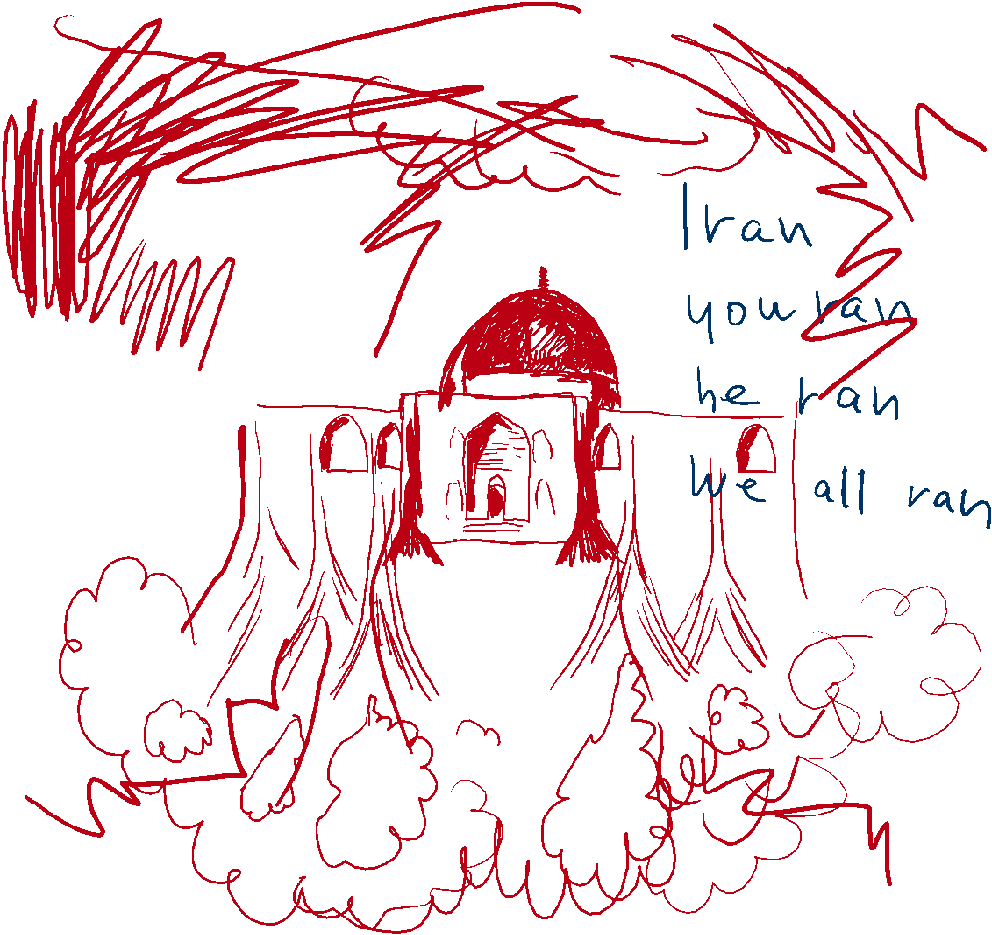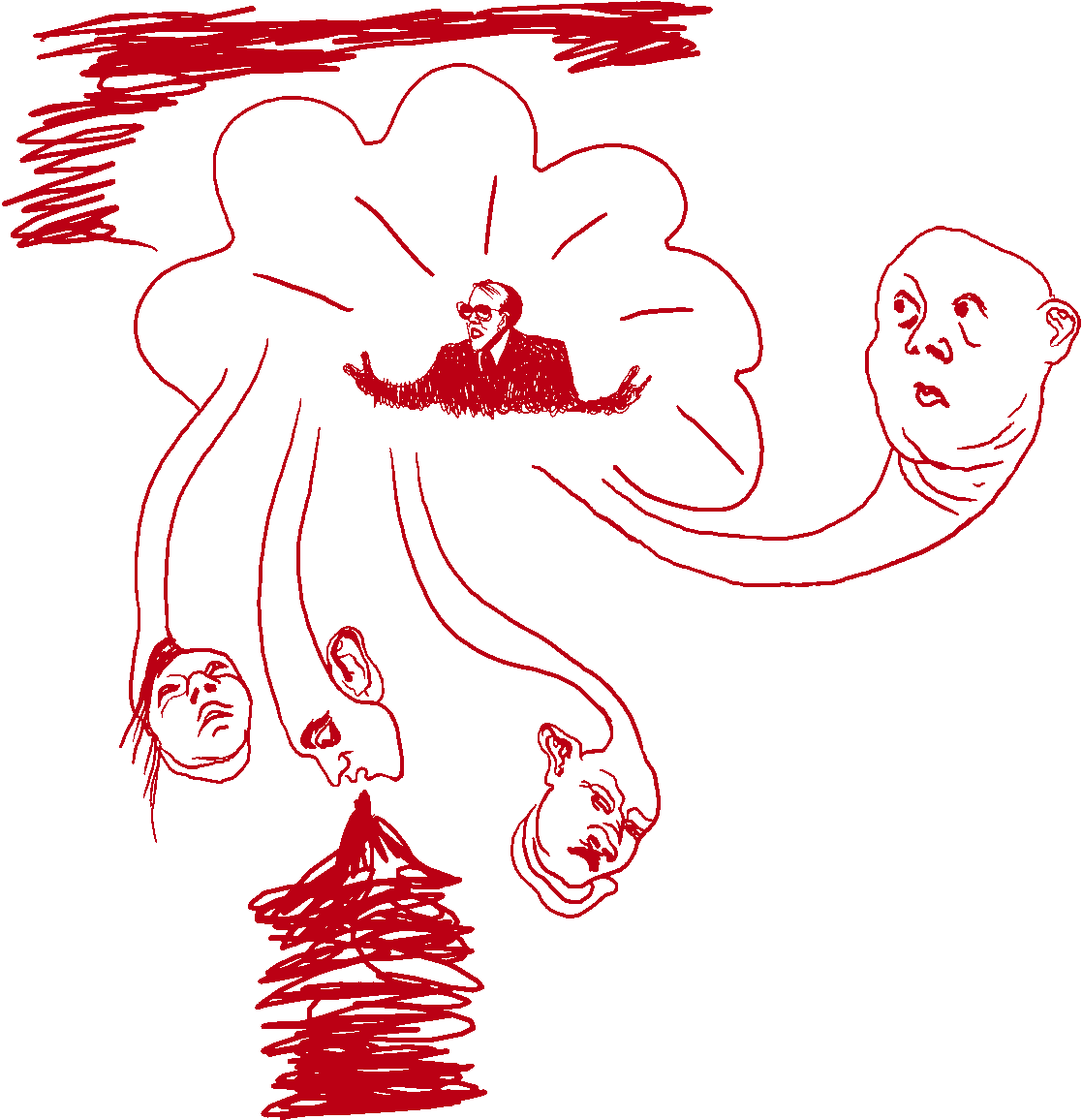
A black hole obscures the face of a North Dakota farmer in this photo taken by Russell Lee in 1937. Lee was one of many famous photographers who were commissioned by the Farm Security Administration to document poor farmers and their lands during the Great Depression. The man who led the FSA's photography division, Roy Stryker, would punch holes in the negatives that were not to be used, but many of these images are available today through the Library of Congress. "Ground," a new photo book assembled by Bill McDowell, takes a closer look at this hole-punched history.

A sharecropper and dog are photographed in North Carolina in 1938. "It is certain that Stryker's use of a hole punch was strictly utilitarian; his only goal was to destroy negatives," McDowell wrote. "But in his act of censoring what images were 'suitable' for printing, Stryker unwittingly created a new picture, one that belonged neither to the mission of the photographer (nor to that of) the FSA."

Men work on a levee in Louisiana in 1935. "The photographs in 'Ground' speak to our contest with different forces: nature, the government, the dynamics between people of different classes and races," McDowell said in an interview with DJ Hellerman, curator and director of exhibitions at Burlington City Arts in Burlington, Vermont. "They speak to now even as they confer meaning on the past. Damaged and bountiful land; drought, flood and exodus. Starting over. Repeating the past."

Officials with the Resettlement Administration -- the New Deal agency that was absorbed by the FSA -- gather in Maryland in 1935.

"Sometimes the dark negative voids within McDowell's images punctuate his readers' attention by focusing on the particular stoop of working backs, calloused hands plunging into soil or picking berries," artist Jock Reynolds, director of the Yale University Art Gallery, said in the book's foreword. He added, "This is hard work, pictured from the past and recalled for us again today in yet another way, making it clear what it once meant and still means to be 'dirt poor.' "

All of the images are available through the Library of Congress website, which hosts FSA's archive of more than 145,000 photos. "These photographs are owned, technically, by the American people," McDowell told Hellerman.

Men work in Prince George's County, Maryland, in 1935. McDowell called the FSA's project "the largest photo documentary project in the history of the United States, except perhaps NASA's and now Google Maps." Other famous photographers commissioned by the agency at the time were Walker Evans, Dorothea Lange and Gordon Parks.

A family poses for a photo at an Ohio farm in 1938. "When I first began working with the killed negatives, I was disturbed by the images of people whose faces had been excised by the hole punch," McDowell says in the book. "In fact, early on that motivated me to digitally repair the hole and show the restored version along with the hole-punched one. But I kept coming back to the feeling that the black-holed images were far more fascinating ... and that the violation (or violence) embedded in them had the potential to signify so much."

Fields in North Carolina are prepared for spring planting in 1936.

This shot was taken in Alabama in 1936. "Much as many families who lived through the Great Depression sought to make use of every scrap of food, clothing, or other material resource, McDowell has fashioned his contemporary creative endeavor from that which has been cast off, and in so doing has discovered a way to achieve common ground between images others created in the past and the ones he has printed for the first time in the present," Reynolds wrote in the book.

A five-bedroom house in Mississippi in 1935.

A man picks blueberries near Little Fork, Minnesota, in 1937.




